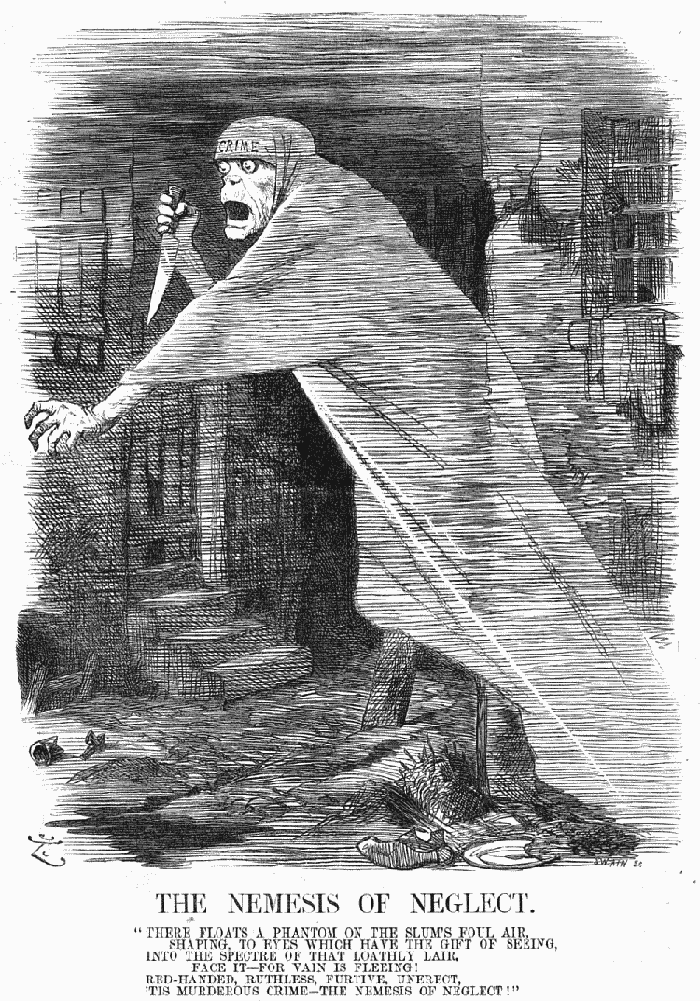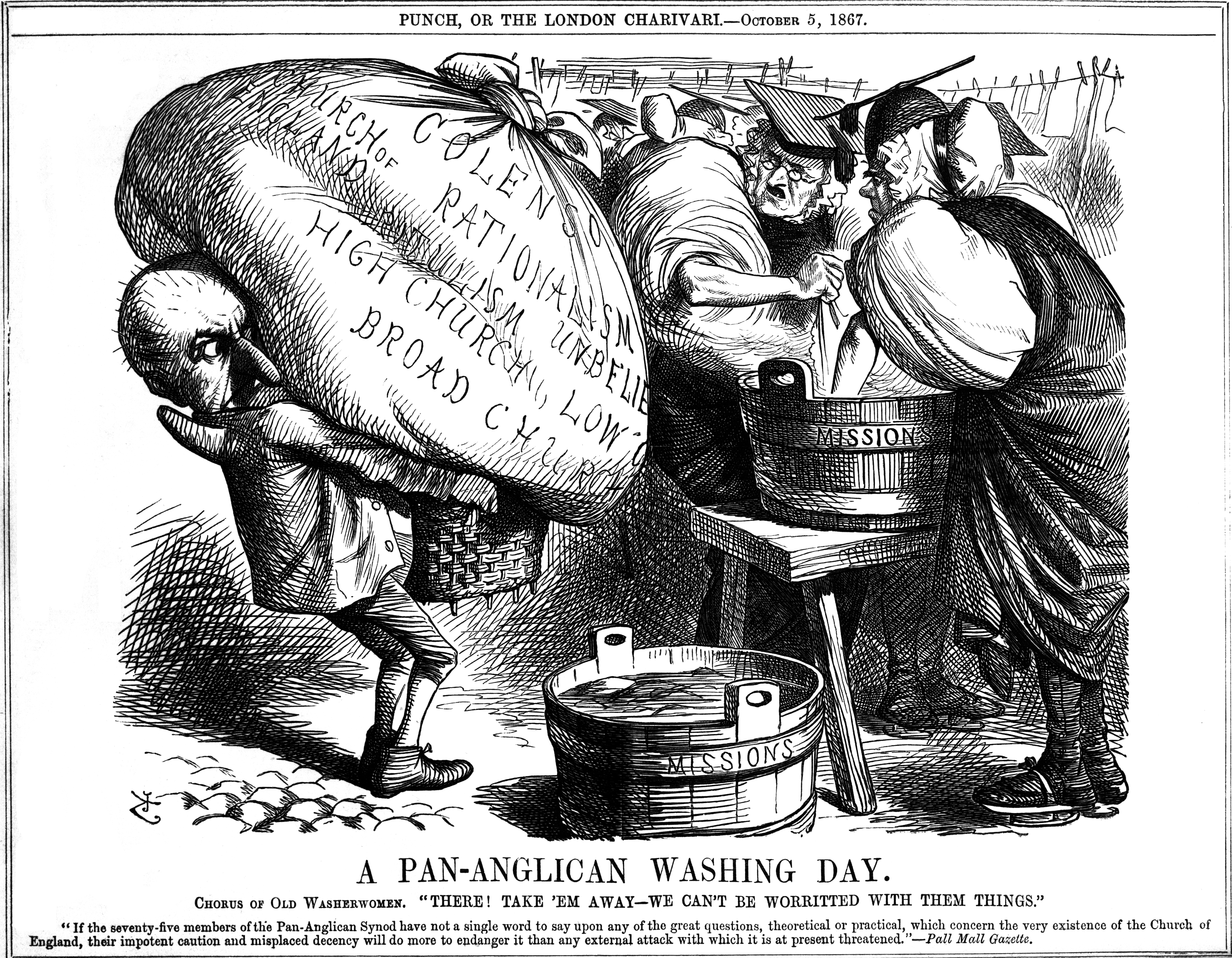Sir John Tenniel (28 February 1820 – 25 February 1914)[1] was an English illustrator, graphic humorist and political cartoonist prominent in the second half of the 19th century.
He was knighted for artistic achievements in 1893. Tenniel is remembered mainly as the principal political cartoonist for Punch magazine for over 50 years and for his illustrations to Lewis Carroll's Alice's Adventures in Wonderland (1865) and Through the Looking-Glass, and What Alice Found There (1871).





Commenti
Posta un commento